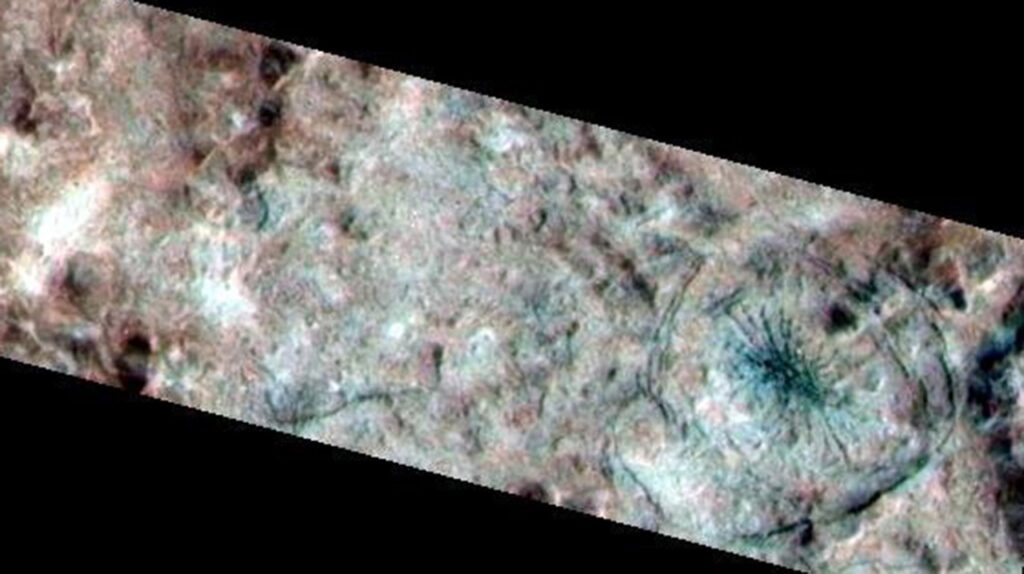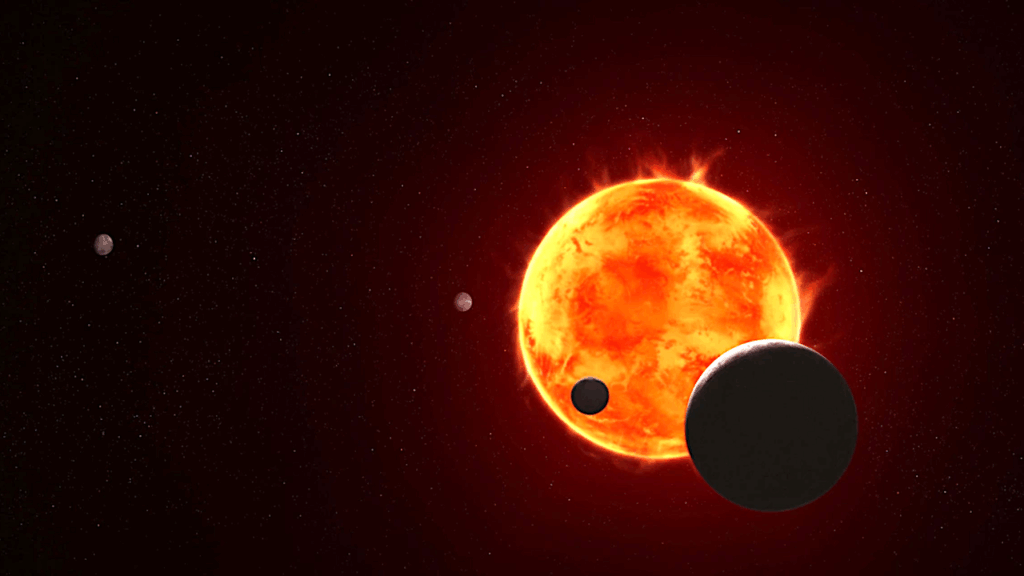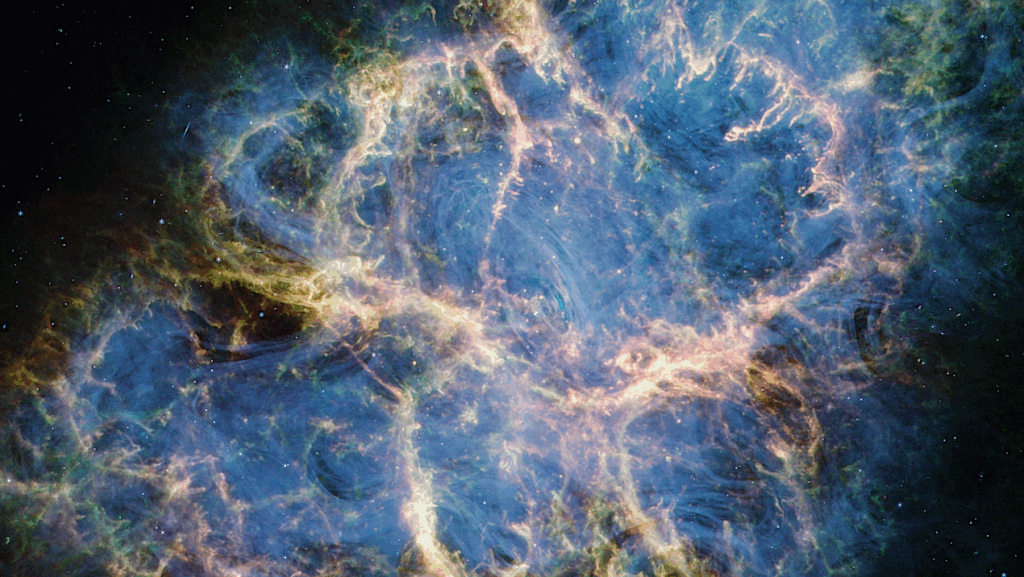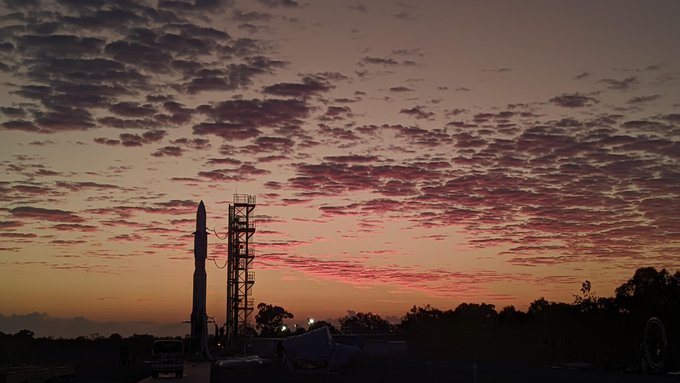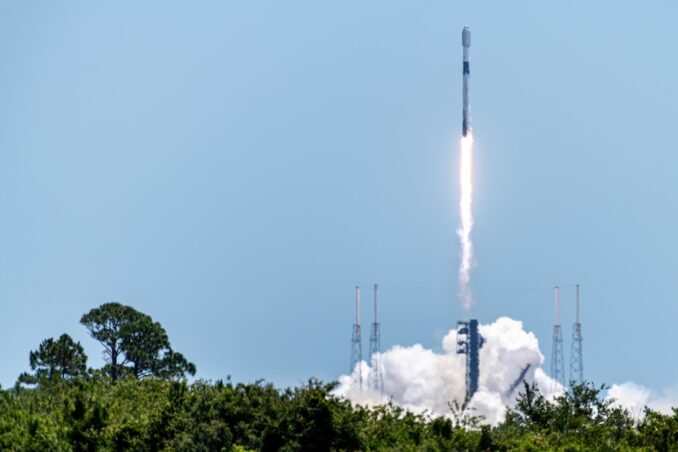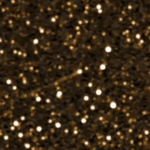Now Reading: The ALMA-ATOMS Survey: Exploring Protostellar Outflows In HC3N
-
01
The ALMA-ATOMS Survey: Exploring Protostellar Outflows In HC3N
The ALMA-ATOMS Survey: Exploring Protostellar Outflows In HC3N
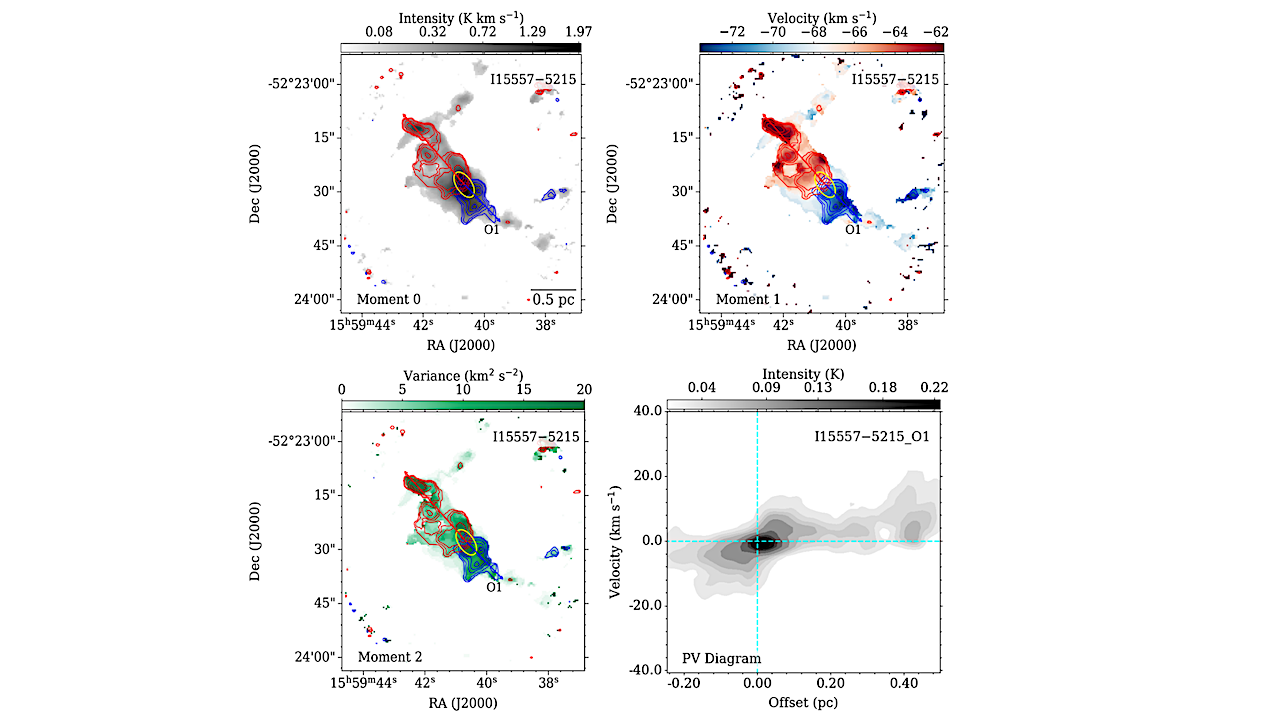

Example of a bipolar outflow in IRAS 15557-5215 region. The top panels show the moment-0 map (left) and moment-1 map (right) of HC3N line. The outflow axis is represented by thin blue (for blue-shifted lobe) and red arrows (for red-shifted lobe) in the moment maps, and the position of 3 mm dust continuum core (host core) is marked with a yellow ellipse. The red-shifted and blue-shifted components of the emission are also shown with red and blue contours, respectively. The bottom panels show the moment-2 map (left, with a color bar above it) and the PV diagram along the outflow axis (right). The vertical and horizontal cyan dashed lines represent the position and the Vlsr of the host core, respectively. — astro-ph.GA
We present the first systematic study of bipolar outflows using HC3N as a tracer in a sample of 146 massive star-forming regions from ALMA-ATOMS survey.
Protostellar outflows arise at the initial stage of star formation as a consequence of active accretion. In general, these outflows play a pivotal role in regulating the star formation processes by injecting energetic material in the parent molecular clouds. In such process, lower velocity components of outflows contain a significant portion of the energy.
However, extraction of those component is difficult as the corresponding gas is often mixed with that of the ambient cloud. In our sample, we identified 44 bipolar outflows and one explosive outflow in HC3N (J=11–10). The host clumps of these outflows are found to be at different evolutionary stages, suggesting that outflows in HC3N are detectable in different stages of star formation.
Also, the non-correlation of HC3N outflows with clump evolutionary stages suggests that HC3N is an unbiased tracer of outflows. Analyses revealed that HC3N performs slightly better in detecting low-velocity components of outflows than traditionally employed tracers like SiO. The derived outflow parameters (i.e outflow mass, momentum, and energy) show moderate correlations with clump mass and luminosity.
Our analysis of outflow opening angles and position-velocity diagrams across the outflow lobes show that, HC3N is not only a good tracer of low-velocity outflows, but can also detect high-velocity collimated outflows. Overall, this study indicates that HC3N can be used as a complementary outflow tracer along with the traditionally known outflow tracers, particularly in the detection of the low-velocity components of outflows.
Ariful Hoque, Tapas Baug, Lokesh K. Dewangan, Mika Juvela, Anandmayee Tej, Paul F. Goldsmith, Pablo García, Amelia M. Stutz, Tie Liu, Chang Won Lee, Fengwei Xu, Patricio Sanhueza, N. K. Bhadari, K. Tatematsu, Xunchuan Liu, Hong-Li Liu, Yong Zhang, Xindi Tang, Guido Garay, Ke Wang, Siju Zhang, L. Viktor Tóth, Hafiz Nazeer, Jihye Hwang, Prasanta Gorai, Leonardo Bronfman, Swagat Ranjan Das, Tirthendu Sinha
Comments: 26 pages, 12 figures, 4 tables, Accepted for publication in ApJ
Subjects: Astrophysics of Galaxies (astro-ph.GA)
Cite as: arXiv:2505.04164 [astro-ph.GA] (or arXiv:2505.04164v1 [astro-ph.GA] for this version)
https://doi.org/10.48550/arXiv.2505.04164
Focus to learn more
Submission history
From: Ariful Hoque
[v1] Wed, 7 May 2025 06:33:19 UTC (31,395 KB)
https://arxiv.org/abs/2505.04164
Astrobiology, Astrochemistry,
Stay Informed With the Latest & Most Important News
Previous Post
Next Post
-
 012024 in Review: Highlights from NASA in Silicon Valley
012024 in Review: Highlights from NASA in Silicon Valley -
 02Panasonic Leica Summilux DG 15mm f/1.7 ASPH review
02Panasonic Leica Summilux DG 15mm f/1.7 ASPH review -
 03How New NASA, India Earth Satellite NISAR Will See Earth
03How New NASA, India Earth Satellite NISAR Will See Earth -
 04And Thus Begins A New Year For Life On Earth
04And Thus Begins A New Year For Life On Earth -
 05Astronomy Activation Ambassadors: A New Era
05Astronomy Activation Ambassadors: A New Era -
06SpaceX launch surge helps set new global launch record in 2024
-
 07From Polymerization-Enabled Folding and Assembly to Chemical Evolution: Key Processes for Emergence of Functional Polymers in the Origin of Life
07From Polymerization-Enabled Folding and Assembly to Chemical Evolution: Key Processes for Emergence of Functional Polymers in the Origin of Life












